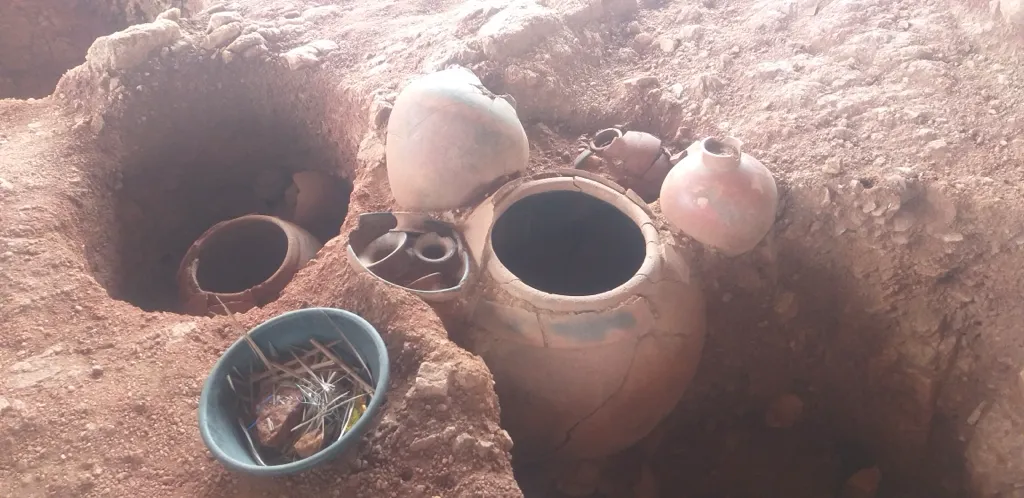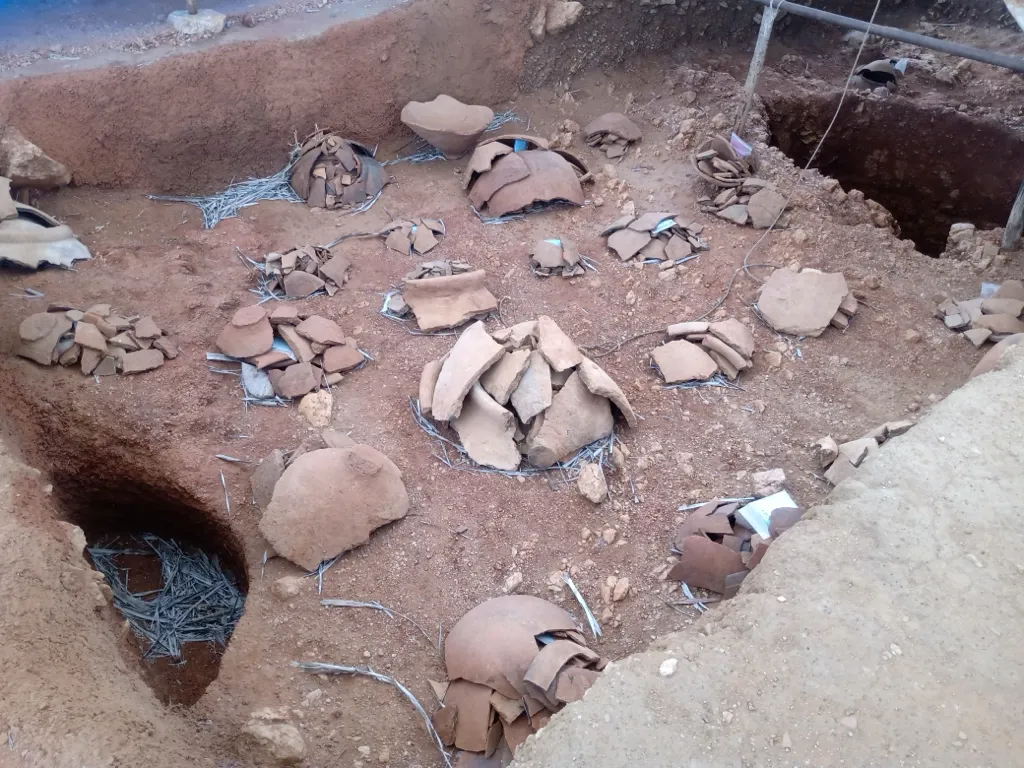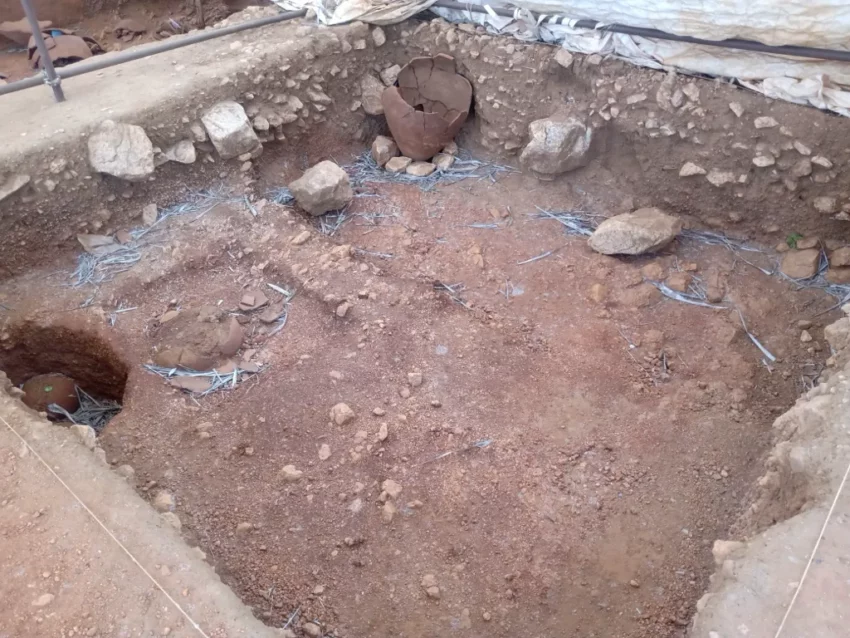Unveiling the Historical Layers of Adichanallur
Adichanallur, located in the Thoothukudi district of Tamil Nadu, India, stands as a significant archaeological site. It first caught the attention of the academic world in 1876. That year, a team comprising a district collector, an engineer, and a German ethnologist, Dr. Jagor, embarked on excavations. They unearthed superior quality earthen pots, iron weapons, and numerous bones and skulls.
Get your dose of History via Email
The Early Excavations and Findings
The initial findings at Adichanallur were intriguing. The quality of the earthenware surpassed that available in late 19th-century bazaars. Moreover, the discovery of iron weapons hinted at a sophisticated metallurgical knowledge. Dr. Jagor transported many artifacts to the Berlin Museum für Völkerkunde, now known as the Ethnological Museum of Berlin.

Continued Research and Discoveries
Alexander Rea, a superintendent from the Southern Circle Archaeological Survey of India, conducted further investigations between 1899 and 1905. He cataloged a vast array of artifacts in his 1915 publication. Surprisingly, despite the historical richness, recent excavations have primarily revealed earthen wares.
Recent Advances in Carbon Dating
Significant advancements in understanding Adichanallur’s timeline came with recent carbon dating efforts. Samples tested in 2019 by Beta Analytic Testing Laboratory, USA, confirmed the site’s activity between 905 BC and 696 BC. This firmly establishes Adichanallur as one of Tamil Nadu’s earliest ancient sites.
Judicial and Governmental Involvement
The Madras High Court has played a crucial role in preserving Adichanallur. It criticized delays in carbon dating and has taken steps to protect the site. The court’s directives included fencing the 114-acre area and establishing a police outpost.

The Future: An In-Situ Museum
Looking ahead, Adichanallur is set to house one of India’s first on-site museums. Union Minister for Finance, Nirmala Sitharaman, laid the foundation stone on August 5, 2023. This museum will enable visitors to directly engage with the site’s historical context.
Conclusion
Adichanallur offers a window into the early cultural and technological advancements of the region. With ongoing excavations and research, we continue to piece together the complex history of this remarkable site. The establishment of an in-situ museum will further enhance our understanding and appreciation of Adichanallur’s contributions to our heritage.
Sources:
Wikipedia

